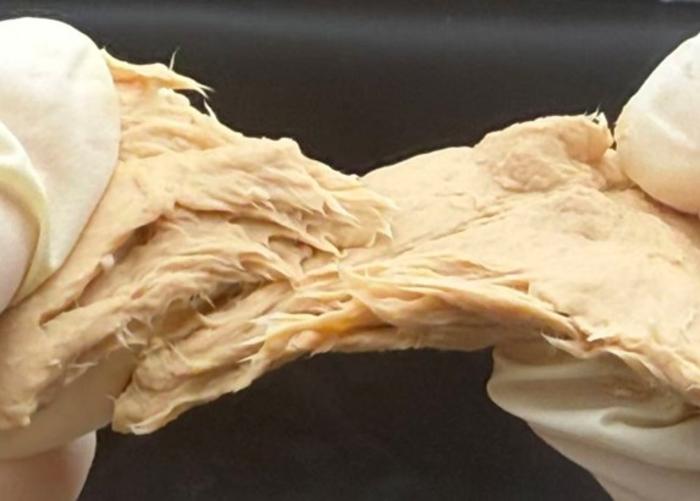
CRISPR Fungus: Protein-Packed, Sustainable, and Tastes Like Meat
November 26, 2025| |
Researchers have successfully used CRISPR gene editing technology to create a fungi strain that is highly efficient, more nutritious, and significantly more sustainable than its natural counterpart. The fungus Fusarium venenatum already stands out for its meat-like flavor and texture, leading to its approval for food use in several countries. This breakthrough, published in the journal Trends in Biotechnology, addresses the need for better, more environmentally friendly alternatives to conventional animal agriculture, which accounts for about 14% of global greenhouse gas emissions.
The scientists, led by corresponding author Xiao Liu of Jiangnan University, used CRISPR to remove two specific genes. The first modification, eliminating a gene for chitin synthase, resulted in thinner fungal cell walls. This change is crucial as it makes the fungal protein easier for humans to digest and increases its bioavailability. The second change involved removing the pyruvate decarboxylase gene, which optimized the fungus's metabolism. This fine-tuning made the new strain, called FCPD, more productive, requiring 44% less sugar to produce the same amount of protein and doing so 88% faster than the original strain.
When scaled up, FCPD production showed a lower environmental footprint regardless of the manufacturing location, reducing greenhouse gas emissions by up to 60% over its life cycle compared to traditional fungal protein production. Furthermore, compared to chicken production in China, the new myoprotein requires 70% less land and reduces the risk of freshwater pollution by 78%. According to the researchers, this type of gene-edited food can help meet global food demands without the substantial environmental costs associated with conventional farming, representing a major advancement in the field of sustainable food technology.
For more details, read this article or download the open-access paper.
| |
You might also like:
- Experts Highlight Hybrid Foods as Meat Alternatives
- Gene Editing of Edible Fungus Produces Healthier Foods
- Experts Say Effective Communication Can Promote Consumer Acceptance of Cultured Meat
Biotech Updates is a weekly newsletter of ISAAA, a not-for-profit organization. It is distributed for free to over 22,000 subscribers worldwide to inform them about the key developments in biosciences, especially in biotechnology. Your support will help us in our mission to feed the world with knowledge. You can help by donating as little as $10.
-
See more articles:
-
Plant
- CRISPR Alters Chromosome Numbers in Plants
- Precision Breeding Act Now Live in the UK
- Philippine Regulators Work on Refining Risk Assessment Report on GM Plant and Plant Products
-
Animal
- Targeted Inheritance of Sex Offers a New Method to Improve Animal Breeding
-
Food
- Single Gene Discovery Promises Better Tea Taste and Yield
- CRISPR Fungus: Protein-Packed, Sustainable, and Tastes Like Meat
-
Environment
- UN Climate Change Conference Highlights Role of Agrifood Systems in Climate Action
- University of Waterloo Researchers Turn to Biotechnology to Combat Plastic Pollution
-
Read the latest: - Biotech Updates (November 26, 2025)
- Gene Editing Supplement (November 26, 2025)
- Gene Drive Supplement (February 22, 2023)
-
Subscribe to BU: - Share
- Tweet

